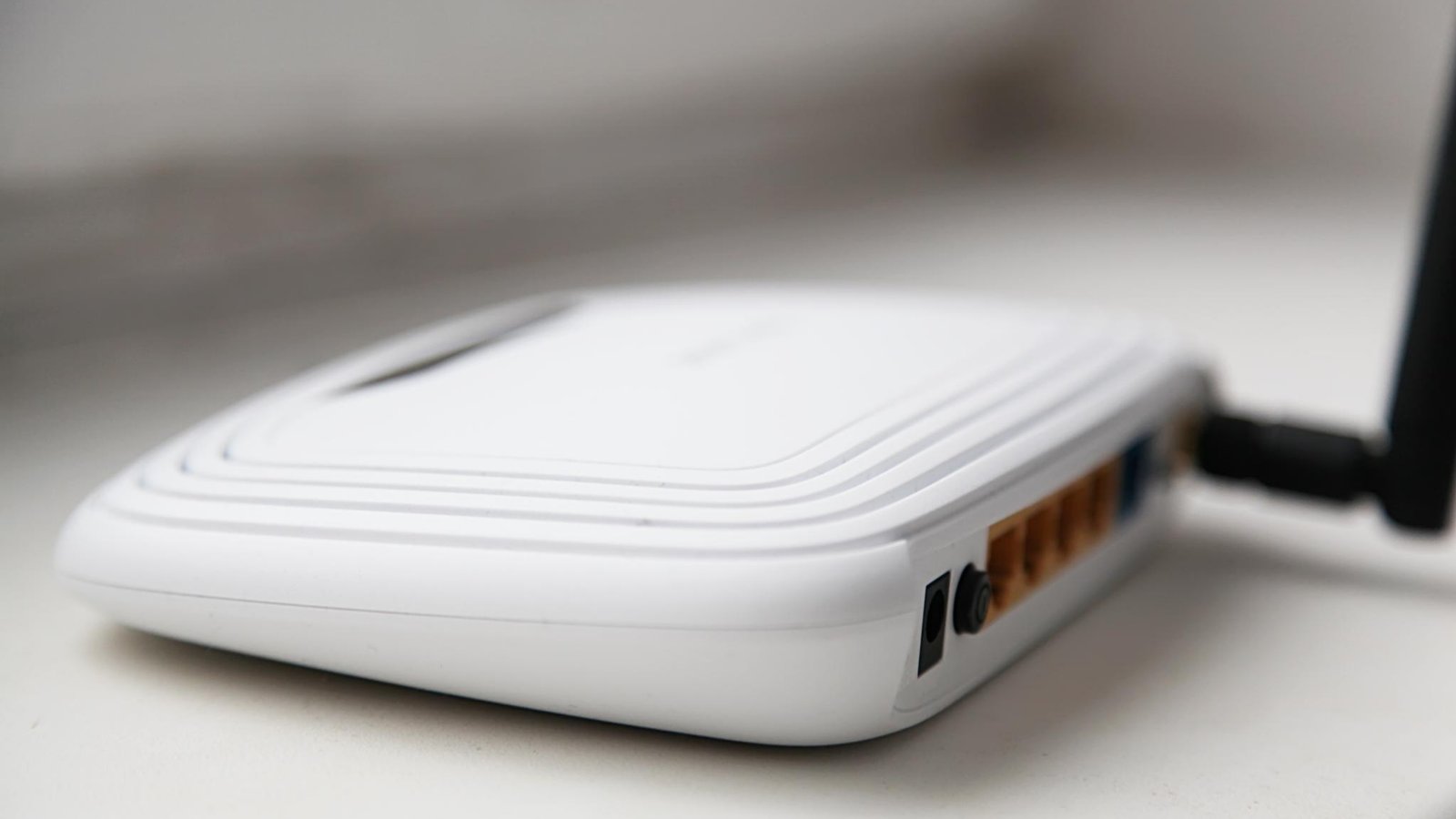The broadband industry is fiercely competitive, and Internet Service Providers (ISPs) must differentiate themselves to attract and retain customers. One effective strategy is Customer Premises Equipment (CPE) customization, allowing ISPs to offer branded, high-quality hardware that enhances user experience.
When it comes to CPE customization, ISPs typically choose between two models: white-label and OEM (Original Equipment Manufacturer). Each has distinct advantages and trade-offs in terms of branding, cost, control, and scalability.
In this article, we’ll break down both models, helping ISPs make an informed decision based on their business needs.
Understanding CPE Customization
CPE refers to devices like modems, routers, and set-top boxes installed at the customer’s location. Customizing these devices allows ISPs to:
- Strengthen brand identity (logos, colors, UI)
- Improve customer experience (pre-configured settings, tailored firmware)
- Reduce support costs (standardized devices mean fewer compatibility issues)
The choice between white-label and OEM models depends on factors like budget, technical requirements, and long-term business goals.
White-Label CPE: Quick Branding with Minimal Effort
What Is White-Label CPE?
White-label CPE involves purchasing generic hardware from a manufacturer and rebranding it with the ISP’s logo and packaging. The underlying software and hardware remain unchanged.
Pros of White-Label CPE
✅ Faster Time-to-Market – No need for custom development; just slap on your branding.
✅ Lower Upfront Costs – No R&D or manufacturing setup required.
✅ Flexibility – Easily switch suppliers if needed.
Cons of White-Label CPE
❌ Limited Differentiation – Competitors can use the same hardware.
❌ Less Control Over Features – No custom firmware or unique functionalities.
❌ Potential Quality Issues – If the manufacturer cuts corners, your brand suffers.
Best For:
- ISPs looking for a low-cost, quick solution
- Startups or regional providers with limited technical resources
OEM CPE: Full Customization for a Unique Offering
What Is OEM CPE?
OEM (Original Equipment Manufacturer) CPE involves deep customization, where ISPs work directly with manufacturers to design hardware and software tailored to their needs.
Pros of OEM CPE
✅ Complete Brand Control – Custom UI, firmware, and hardware specs.
✅ Enhanced Customer Experience – Optimized performance for your network.
✅ Competitive Advantage – Harder for rivals to replicate.
Cons of OEM CPE
❌ Higher Costs – Requires investment in R&D and production.
❌ Longer Deployment Time – Custom development takes months.
❌ Supplier Dependency – Switching manufacturers is difficult.
Best For:
- Large ISPs with the budget for customization
- Providers aiming for premium positioning in the market
Key Decision Factors: White-Label vs. OEM
1. Budget Constraints
- White-label: Lower initial cost, pay-as-you-go.
- OEM: Higher upfront investment but better long-term ROI.
2. Branding & Differentiation
- White-label: Basic rebranding.
- OEM: Fully unique devices that reinforce brand value.
3. Technical Requirements
- White-label: Limited to existing firmware/hardware.
- OEM: Custom optimizations (e.g., QoS settings, security features).
4. Scalability Needs
- White-label: Easier to scale since hardware is readily available.
- OEM: Requires production planning but ensures consistency.
Real-World Examples
White-Label Success: Regional ISP Case
A mid-sized ISP in Europe used white-label routers to quickly deploy services. While cost-effective, they later struggled with high churn rates because competitors offered identical hardware.
OEM Success: Google Fiber
Google Fiber uses custom-designed routers with advanced Wi-Fi management, giving them a competitive edge in user experience.
Which Model Should Your ISP Choose?
| Factor | White-Label | OEM |
|---|---|---|
| Cost | Low | High |
| Customization | Minimal | Full |
| Time-to-Market | Fast | Slow |
| Brand Impact | Moderate | Strong |
| Long-Term ROI | Lower | Higher |
- Choose white-label if you need a quick, budget-friendly solution.
- Choose OEM if you want full control and premium positioning.
Final Thoughts
Both white-label and OEM CPE models have their place in the ISP industry. The right choice depends on your business size, budget, and strategic goals.
- Startups & small ISPs: Begin with white-label, then transition to OEM as you grow.
- Established ISPs: Invest in OEM to stand out and reduce churn.
By aligning your CPE strategy with your brand vision, you can enhance customer satisfaction and drive long-term growth.
